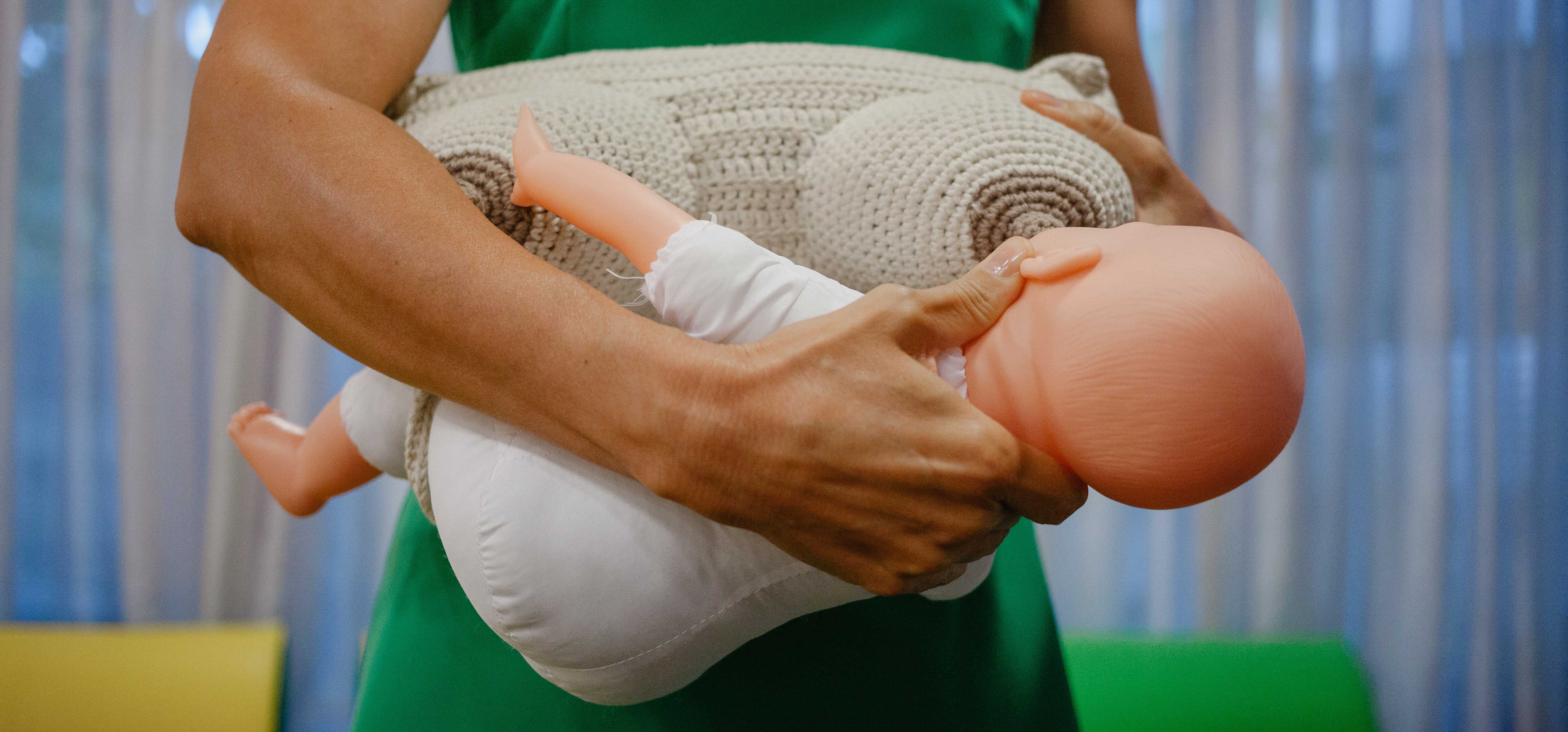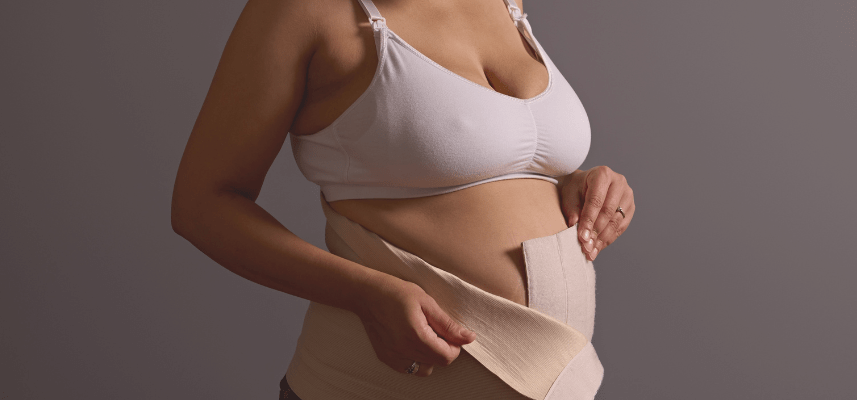Prenatal massage can provide welcome relief to a growing pregnant body. Massage can offer many benefits, including reduced back and leg pain and improved mood. If you’re pregnant and considering prenatal massage to address your ache and pains, there are a few things to consider before you hop on the table.
Benefits of Prenatal Massage:
- Improves mood: Prenatal massage has been demonstrated to improve mood in pregnant women, and may even be effective as a natural remedy for mild anxiety and depression. If you’re feeling any symptoms of anxiety and depression, however, be sure to reach out to your healthcare provider to make sure you’re doing all you can to manage those symptoms during and after pregnancy.
- Lessens discomfort: The benefits of massage in the general population are fairly well known, and many of those same concepts absolutely apply to pregnancy as well. Prenatal massage can help improve back pain, sciatic nerve pain, and other aches and pains that are extremely common during pregnancy as the body shifts and grows.
- Shifts hormonal balance: Prenatal massage can contribute to reduced levels of epinephrine and cortisol, two of the major stress hormones, which is a positive shift for both mom and baby. Massage can also improve levels of serotonin and dopamine in the blood, which are associated with a positive mood. The benefits of these subtle hormonal shifts may be extensive, including quality of life for mom, mental and physical health for baby, and may even improve the quality of relationships between parents.
- Reduces swelling: Swelling during pregnancy is due to a variety of factors, including changes in the circulatory system and increased pressure on lymphatic vessels. Prenatal massage can help with circulation, which in turn may improve lymphatic drainage. There is research supporting the benefits of foot massage for prenatal swelling, so now you’ve got a great reason to ask your partner to rub on those feet every night.
- Good for baby’s health: Women who receive regular prenatal massage during pregnancy tend to have babies with a higher gestational age and birth weight, which are positive indicators of the baby's general health. This could be related to improvements in mood and hormonal balance, as we also know that prenatal depression and anxiety can contribute to premature birth and low birth weight.
Precautions to Consider with Prenatal Massage:
- Increased risk of blood clots: There are significant changes to blood flow and circulation in a pregnant body that begin soon after conception, including increased blood volume to support the growing baby, more efficient clotting to prevent hemorrhage, and more pressure on the vessels that travel to the legs as baby grows. These changes lead to an increased risk of developing blood clots during pregnancy and in the early postpartum period. Blood clots may occur anywhere in the body, but deep vein thromboses (DVT’s) are most commonly noticed in the groin and calf during pregnancy. If a blood clot travels to your lungs, it’s called a pulmonary embolism (PE). Blood clots during pregnancy can be treated but can be life-threatening if left unaddressed, so it’s important to seek care immediately if you suspect one.
Know the signs and symptoms (call your healthcare provider immediately):
- Redness, warmth, or heat in the area, sudden swelling on one side, constant pain in one leg particularly when standing or walking, shortness of breath, sudden cough, pain in the ribs while breathing, rapid breathing, rapid heartbeat.
Know the risk factors during pregnancy:
- Strong family history of blood clots, inherited blood clotting conditions, bed rest, cesarean birth, or other surgery.
Deep tissue massage to the legs and groin area is not recommended during pregnancy, as it can dislodge a blood clot. Blood clots may not show any signs or symptoms initially, so many prenatal massage therapists will only perform lighter massage techniques to high-risk areas like thighs and calves.
Discuss the pros and cons of prenatal massage with your healthcare provider if you have questions or concerns regarding blood clots during pregnancy.
- Ask your healthcare provider about prenatal massage: If you’re experiencing signs or symptoms of a blood clot or at risk of preterm labor, placental abruption, or miscarriage, it may be recommended to avoid prenatal massage. Women with high-risk pregnancies, pregnancy-induced high blood pressure, preeclampsia, bed rest, severe swelling, or severe headaches may need to account for additional considerations and should also speak to a healthcare provider before scheduling a prenatal massage.
Frequently Asked Questions:
- Can I get a massage in the first trimester? The American Pregnancy Association states that massage during the first trimester is considered safe. However, due to the prevalence of miscarriage during the first trimester and increased blood flow resulting from massage, some massage therapists will not provide massage treatment until you reach your second trimester. They may simply want to avoid any liability or association between massage and miscarriage, even though no connection has been established.
- I heard that foot massage can induce labor. Should I avoid letting anyone touch my feet? Though reflexology is a well-known and appreciated tool around the world, there is minimal evidence to back up a commonly cited concern that foot massage can lead to preterm labor. The pressure points corresponding to the uterus sit near the inner ankle bones and the outside edge of the pinky toe, and because of this many women choose to avoid foot massages altogether. Complete avoidance of foot massage is not likely necessary, particularly because massage can offer so many benefits such as decreased swelling and pain. If you prefer, you can always ask your therapist (or your doting partner) to avoid those specific areas during your next massage.
- What positions will I be in during my massage? Most prenatal massage therapists have their clients in a side-lying position, supported with plenty of pillows. Some places may offer the option of using a table with an opening for the belly so that you can (finally) lie face down! This option might feel great for a short period of time, but gravity may eventually make it uncomfortable as the weight of the baby starts to pull on your ligaments and tissues. You’ll also want to avoid lying on your back for prolonged periods unless the head of the bed is well elevated. This is to avoid increased pressure on your vena cava and the restricted blood flow to you and your baby that can occur. Above all, make sure you’re comfortable! It’s ok to ask for pillows or to switch positions if you need to.
- Will they massage my belly? Techniques will vary between therapists, even if they were trained the exact same way. Though certain lighter bodywork techniques may not be harmful over the abdomen, many massage therapists will avoid the abdomen entirely. Communication is key: don’t hesitate to express your desires to your massage therapist before or during your treatment, including your preference for massaging techniques over the legs and abdominal areas.
- What should I look for in a massage therapist? Though licensing is required in most states, massage therapy training and certification processes are not standardized nationwide. This means it’s important to find a skilled massage therapist that you trust. Ask your friends and healthcare providers for recommendations, look for reviews, and try to find a massage therapist who is certified in prenatal massage.
In summary, prenatal massage is an excellent self-care option for most pregnancies. The benefits are well-documented for mental health, physical wellbeing, and even the baby’s healthy development. As with any form of treatment, however, pregnancy massage is not without risk. Consider your risk profile and be sure to speak to your healthcare provider if you have any concerns. If it’s right for your wellness, take advantage of all the benefits - and the moments of peace and quiet before your little one arrives!










